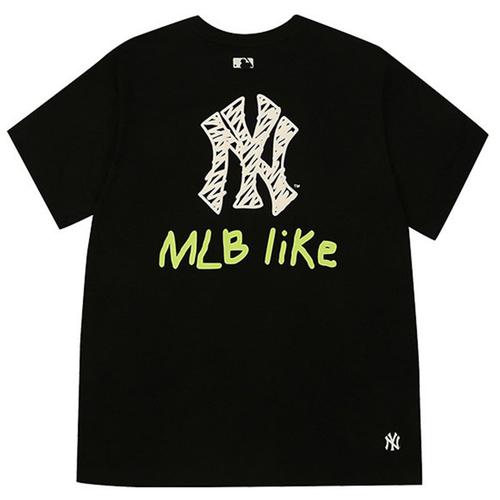Personalized printed custom-made clothes can allow you to show your unique personality and creativity. The following are some tips and methods for reference:
1. Design concept and pattern selection: Before customizing printing, first determine the design concept you want to express and style. Then choose a suitable pattern and combine it with the garment you want to customize. Patterns can be text, graphics, illustrations or custom designs. Make sure the pattern makes a statement and matches the overall style of the garment.
2. Clothing selection and preparation: Choose clothing suitable for printing, common ones include T-shirts, vests, hats, etc. Make sure the fabric texture and color of the garment are friendly to the printing process and have sufficient smoothness and stability. Have your washed items ready and make sure they are dry and flat.
3. Selection of printing method: Choose the appropriate printing method according to the characteristics of the pattern and clothing. Common printing methods include: screen printing, heat transfer printing, digital printing, embroidery, etc. Different printing methods have their own characteristics and scope of application. You can choose the method that suits your customized clothing according to your needs.
4. Make a printing template: According to the selected printing method, make the corresponding printing template. For example, in screen printing, a screen mold needs to be made; in heat transfer printing, a heat transfer paper template needs to be made. Ensure the accuracy and quality of the template to ensure the fineness and stability of the printing effect.
5. Carry out the printing process: Carry out the printing operation according to the prepared templates and tools. Before printing, spread the garment flat and use appropriate fixing methods to ensure that the garment does not move or deform. Then, place the template in the appropriate position and use the appropriate printing tool (such as a squeegee, heat press, etc.) to print. Pay attention to strengthening the control of details to ensure clear patterns and full colors.
6. Fixing and maintenance: After printing, perform corresponding fixing and maintenance according to the materials and methods used for printing. For example, screen printing usually requires drying or hot air treatment to fix the pigment; heat transfer printing requires cooling for a period of time before it can be worn and washed normally. Follow the directions and instructions to extend the durability and vividness of your print.
In short, personalized printing of customized clothes requires consideration of design, pattern selection, clothing preparation, printing method, printing template production, printing process steps and subsequent fixation and maintenance Wait for the link. At the same time, remember to maintain patience and skills to customize unique and personalized clothing based on your own creativity and ideas.







